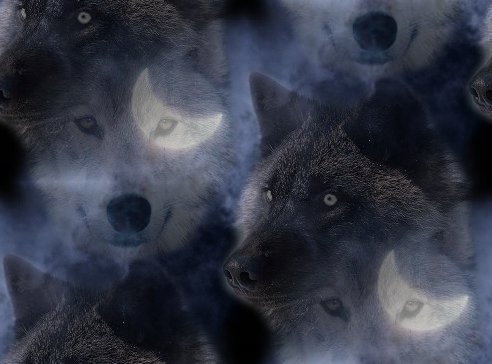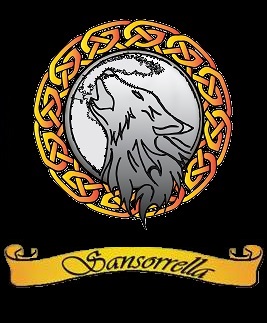|
Diversity and the pure bred dog
(The poodle and the chocolate cake)
Loss of Diversity
Suppose we start a new population with only six or eight founders. (A
number of breeds have started with that few.) We will get rid of
hundreds of bad recipes, but the remaining dozen or two will be
encountered much more frequently. Furthermore, if there are several good
or excellent recipes, the chance of dropping one of these from the
collection grows greater as the number of founders diminishes, and the
risk of losing one remains high as long as the effective population size
remains low. Working with small numbers will inevitably decrease the
diversity, simply because individuals do not pass on their recipes
equally to the next generation and some recipes are accidentally lost.
This has the superficially desirable result of giving a more
reproducible phenotype, but at the expense of an overall reduction in
quality, health, and longevity.
The common practice of almost everyone rushing to breed to the
currently-popular male show champion is probably the most significant
factor reducing whatever diversity remains. Consider your own breed (the
situation for most breeds is similar). Can you find one or more males
that appear in most pedigrees? Almost everyone decides they like the
recipes of (insert name) — or at least the ones they can see readily —
and abandons other recipes with little thought to the eventual
consequences. In a few generations, almost everyone has a substantial
number of his recipes, though not necessarily his exceptional ones, and
many excellent alternatives are very hard to find.
For those genes that establish breed identity, there will be markedly
less variability within a breed than within Canis familiaris as a whole.
The tricky bit is restricting variability for those genes that make a
breed distinctive without sacrificing the variability/diversity that is
necessary for good health and long-term survival of the breed. In many
cases, this has not been achieved, and we are now paying the price in
terms of high incidence of specific genetic diseases and increased
susceptibility to other diseases, reduced litter sizes, reduced
lifespan, inability to conceive naturally, etc.
Why has this happened?
Many breeds have been established with too few founders or ones that are
already too closely related.
The registries (stud books) are closed for most breeds; therefore you
cannot introduce diversity from outside the existing population.
Most selective breeding practices have the effect of reducing the
diversity further. In addition, the wrong things are often selected for.
Even if the founders were sufficiently diverse genetically, almost no
one knows how their genetic contributions are distributed among the
present day population. Consequently, breeding is done without regard to
conserving these contributions, which may be of value to the general
health and survival of the breed.
|






![]() Sansorrella 2019 All rights reserved
Sansorrella 2019 All rights reserved